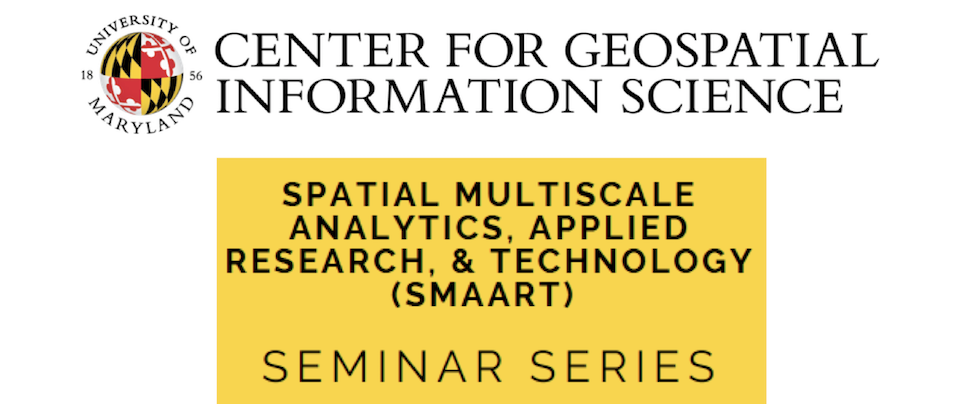Friday, April 30,20211:00pm – 3:00pm EST Data Defect Correlation: A Unified Quality Metric for Probabilistic and Non-probabilistic Samples. Xiao-Li Meng, P.hD.Editor-in-ChiefWhipple V. N. Jones Professor of Statistics, and Founding Editor-in-Chief of Harvard Data Science Review Xiao-Li Meng, the Whipple V. N. Jones Professor of Statistics, and the Founding Editor-in-Chief of Harvard Data Science Review, is well known…











